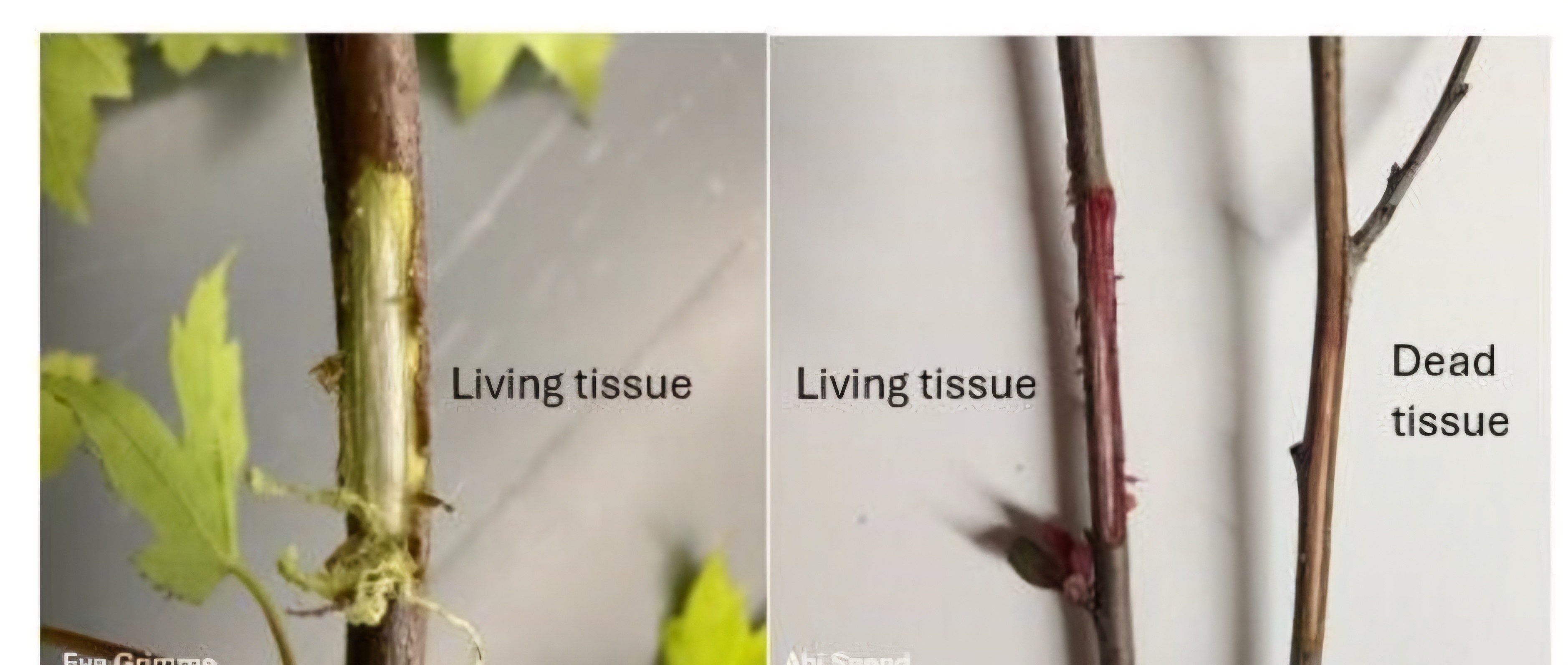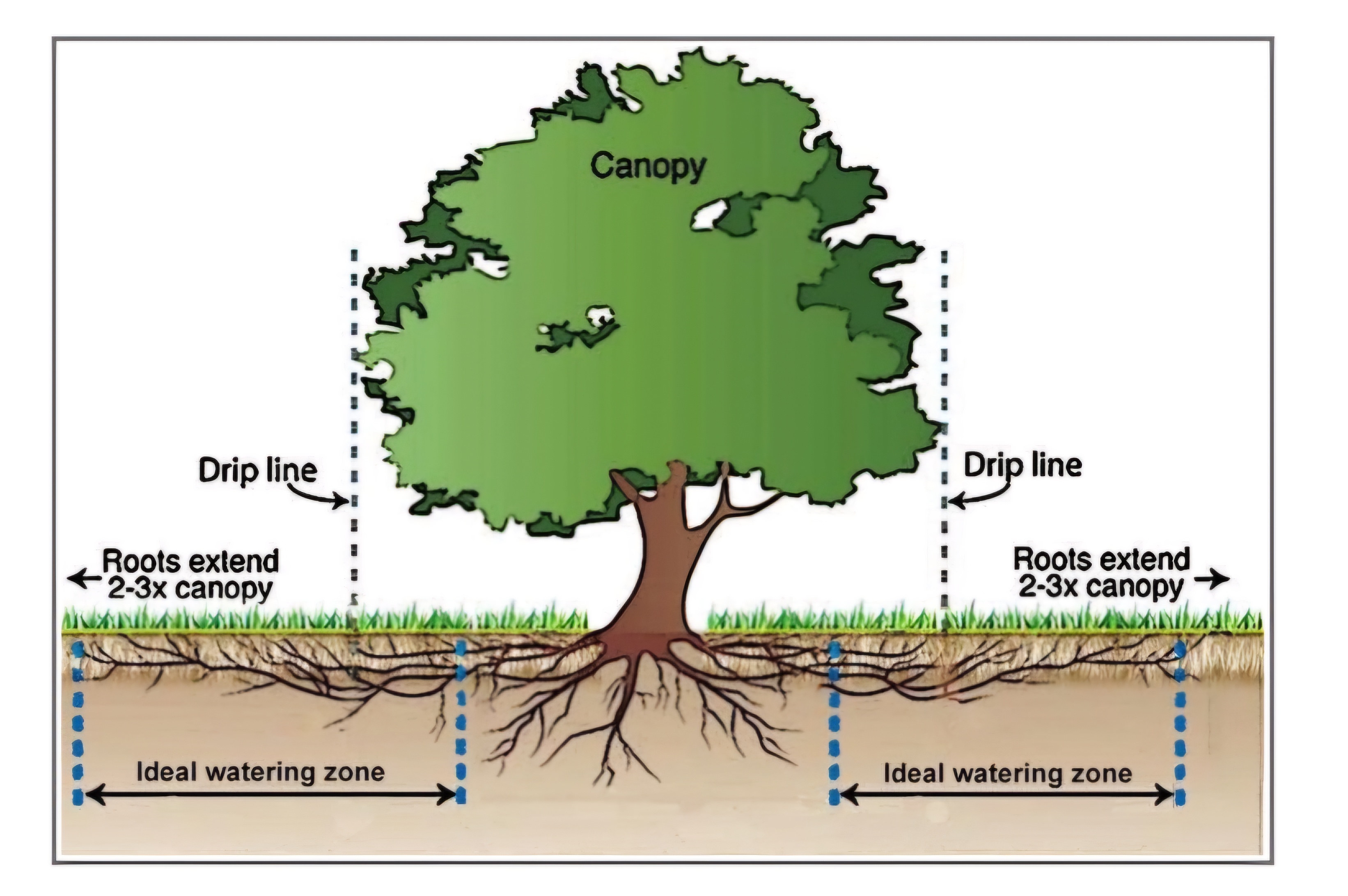Example Article for Tree Board
What To Do If Your Trees And Shrubs Aren't Leafing Out
Author: Pat Plantenburg and MSU Extension
Abi Saeed
MSU Extension Horticulture Specialist
Dear MT 43 News:
The Tree Board has been getting lots of calls about why so many trees and shrubs are dead or dying in Townsend. We are not the only area in Montana affected. Please run the attached article sent out by MSU Extension explaining why trees and shrubs are having so much trouble. Any questions please call Patrick Plantenberg or Allison Kosto. Thanks, Patrick
(Article published in Urban Alerts, June 6th, 2024)
We have had another tough winter for our trees and shrubs in Montana, followed by a tough spring. The fact that we had warm temperatures well into October, followed by a sudden cold snap and snow, leading to a very dry winter with limited precipitation, and a very cold January with temperatures reaching -35 to -40 F (without wind chill) caused significant stress to trees and shrubs. Our spring temperatures were also mild, followed by a cold snap in May, which could further stress out trees and shrubs that have already experienced a lot of challenges.
All of these conditions are consistent with slow growth, delayed leafing out, lack of blooms, dieback in branches and sometimes even death of trees and shrubs. Younger and newly transplanted trees (< 5 years) as well as marginally hardy species (including many fruit trees) can be especially susceptible to these issues.
If you have trees that haven’t leafed out yet, or if they are leafing out unevenly with sections of bare branches: give them some time. Stressed trees can take a while to bounce back, and since it is still early June, it is possible that these trees and shrubs may still produce new growth this summer. We like to advise that you wait a full growing season before you make a decision regarding the removal of trees and shrubs.
If you are unsure whether your trees/shrubs are alive, you can check bare branches to see if there is living tissue beneath the bark.
How to tell if your trees and shrubs are still alive:
1) Gently bend young branches to feel if they are still pliable. Pliable branches may still be alive, as opposed to stiff and brittle branches (which could indicate dead tissue).
2) Scrape a small section of bark to see the cambium (living tissue) just below the bark (you can use a pocket knife or even a fingernail for thin-barked trees/shrubs). Living tissue is often green, white, or pink and moisture should be evident. If it looks completely dry and is tan/brown in color, the branch may be dead.
If you have determined that the branches and/or trees and shrubs are dead, you can remove them. If you are unsure, there is no harm in waiting a few months to see if there is any new growth (trees that pose a hazard to people, pets, and property should be evaluated by an ISA-certified arborist as soon as possible). If there is still living tissue, be patient and continue taking care of the tree to encourage growth. If they don’t produce any growth by the fall, they are unlikely to produce new growth in the following year and can be removed from the landscape.
How to care for stressed trees that have not leafed out yet:
o Provide plenty of water! Make sure you continue to water trees and shrubs with signs of life. Water along the drip line and beyond (not just at the base). Water slowly, and deeply (so that moisture reaches the root zone, a majority of which is 12 to 24 inches below the soil surface). A rule of thumb for watering trees: 10 gallons of water per inch of trunk diameter per week.
o Do not fertilize! Fertilizers encourage new growth, which can further stress out already stressed trees and shrubs.
o Reduce competition! If trees have been planted within turf, or if there is a lot of weedy vegetation around the base of the trees (above the root system), these can compete with trees and shrubs for water and nutrients.
o Apply mulch! Create a ring of mulch (such as wood chips) in a 3-4 inch layer around the base of the trees, ideally up to the drip line and beyond. Do not pile the mulch up to the trunk of the trees. Organic mulches (such as arborist wood chips) can help conserve moisture, insulate roots, and reduce competition from weeds. Rock, gravel, and stone mulches can reflect heat and further stress out trees and shrubs and are not recommended around sensitive plants.
If you have any questions about the health and care of your trees and shrubs, reach out to your local Extension offices for more information.
Allison Kosto, Extension Agent/Associate Professor: allison.kosto@montana.edu
Patrick Plantenburg, Tree Board Chairman: m2andp2@mt.net
Article Images
Click on Image Thumbnail(s) to view fullsize image
PhotoCredit: Photo Credits: MSU Extension
Image 1 Caption: Scrape test of the bark showing living tissue and dead tissue.
Photo Credits: MSU Extension
Image 2 Caption: Illustration of the ideal watering zone from Trees for Missoula. (https://www.treesformissoula.org/watering-trees)
Photo Credits: MSU Extension

